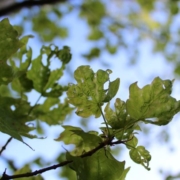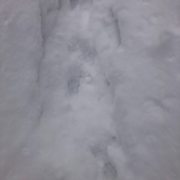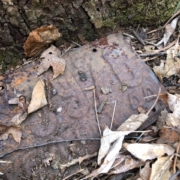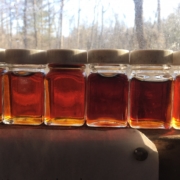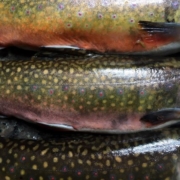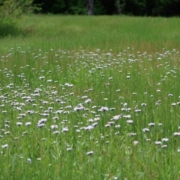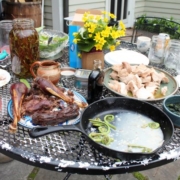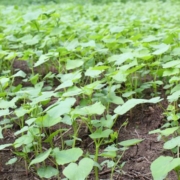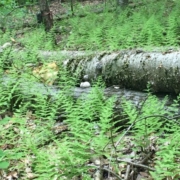A Good Year For Pear Thrips
This has been one of those years that really brings the timing of spring into focus. We had a pretty warm March, followed by a pretty cold April. (April averaged out at 3.2 degrees below the long-term normal in Saint Johnsbury.) This cold continued into May, a month that featured several unprecedented cold-weather events, including that 8” snowstorm on the 9th. The sugar maple leaves had broken bud earlier that week in southwestern Vermont; the ones in our sugarbush then endured the snow and three nights where the temperature fell into the upper 20s.
I’ve been monitoring the frost damage since then (which is to say periodically walking around with binocs and jotting down general observations). And it’s not as bad as I feared it might be. Certain trees had certain leaves succumb – maybe 10-15 percent in the worst cases. I couldn’t find a pattern as to why certain trees took it harder than others.
A bit more discouraging is the pear thrip damage I’m seeing. On most years, these non-native insects are not that big a deal. But during drawn-out springtimes like this one, when the buds break but then cold weather delays leaf expansion, the damage can get ugly. In some cases the tiny insects cut the compressed leaf with their sharp mouthparts – when the leaf fully opens, the effect is similar to when you fold a piece of paper and cut a snowflake pattern into it with scissors. In other cases they scrape and damage the plant tissue, which leads to stunted, curled, mottled leaves. If you’re wondering what they look like, you can see a picture here: We don’t often see them because we don’t often look; also because they spend most of their life underground.
In my surveying, some trees look fine, some look moderately damaged, some – especially unhealthy and small trees – look bad. I won’t know the extent of the damage until the canopy is fully developed.
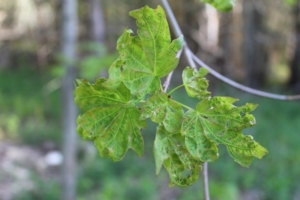
Mottled, disfigured leaves.

